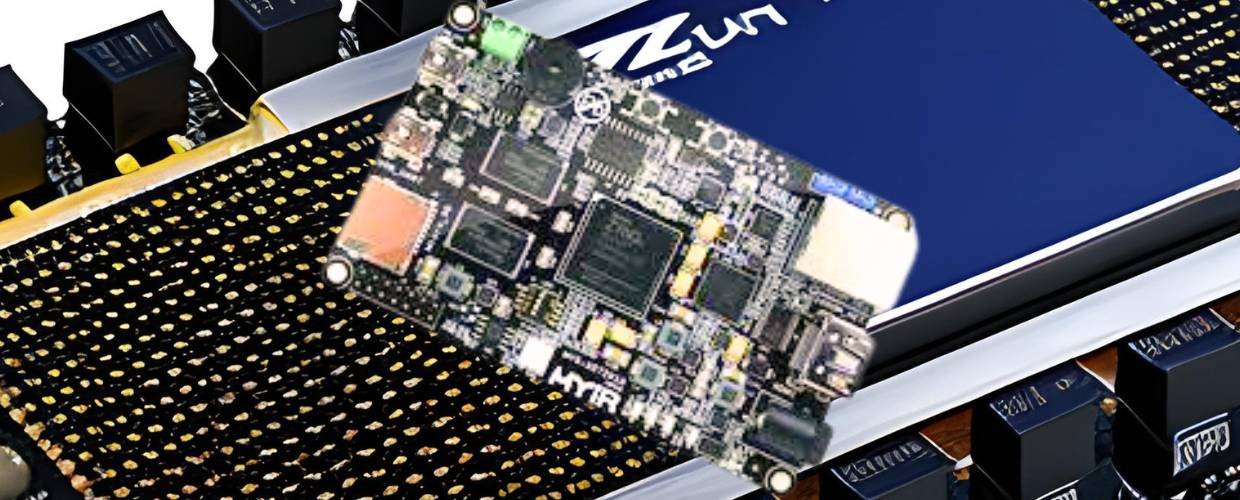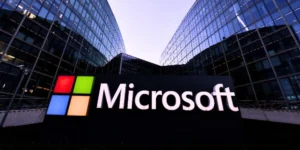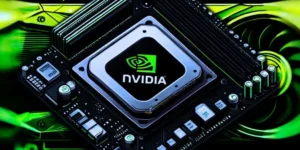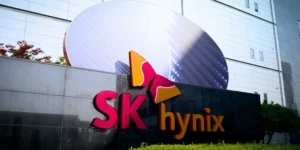The Z-turn board is a powerful and versatile FPGA development platform that offers exceptional computing capabilities and a wide range of applications. Developed by MYIR Tech Ltd., it is designed to provide a flexible and cost-effective solution for various embedded systems and digital design projects. With its impressive specifications, extensive connectivity options, and FPGA programmability, it is popular among FPGA enthusiasts, engineers, and researchers. In this article, we will explore the Z-turn board’s essential features, applications, and benefits, highlighting its performance, connectivity, and potential for customization.
What is the Z-turn Board?
The Z-turn board is an FPGA development platform built around the Xilinx Zynq-7000 System-on-Chip (SoC). It combines the power of a dual-core ARM Cortex-A9 processor with the programmable logic capabilities of an FPGA. it offers high-performance computing and customizable hardware configurations, making it an ideal platform for embedded systems, digital signal processing (DSP), and software-defined radio (SDR) applications. With its rich features and expandability options, the Z-turn board provides developers a versatile platform for prototyping, testing, and deploying FPGA-based designs.
The Z-turn board features a Xilinx Zynq-7010 or Zynq-7020 SoC, which integrates a dual-core ARM Cortex-A9 processor with an FPGA fabric. The ARM Cortex-A9 processor runs up to 800 MHz, providing substantial processing power for complex tasks. The FPGA fabric allows for custom hardware designs and accelerators, enabling developers to implement specialized functions directly in hardware.
Connectivity options on the Z-turn board are extensive, with Ethernet, USB, HDMI, and expansion headers available for versatile connectivity. The board also includes memory interfaces, such as DDR3, QSPI Flash, and MicroSD card slots, for storage and data access. It supports various operating systems, including Linux distributions and real-time operating systems (RTOS), providing flexibility and compatibility for different project requirements. Its compact size, FPGA programmability, and rich features make it an attractive choice for FPGA developers, researchers, and enthusiasts.
Key Features and Functionalities of the Z-turn Board
It offers a range of key features and functionalities that make it a versatile FPGA development platform. Let’s explore some notable characteristics.
Xilinx Zynq SoC
It is built around the Xilinx Zynq-7000 SoC, which combines a dual-core ARM Cortex-A9 processor with FPGA programmability. This integration enables developers to take advantage of both the high-level software processing capabilities of the ARM cores and the hardware acceleration capabilities of the FPGA fabric. The combination of processing power and programmable logic offers exceptional flexibility and performance.
Extensive Connectivity Options
The Z-turn board provides extensive connectivity options to meet diverse project needs. It features Ethernet for fast and reliable networking connectivity, allowing seamless communication with other devices and networks. Multiple USB ports connect peripherals such as keyboards, mice, and storage devices. HDMI output provides convenient options for audiovisual applications, while expansion headers allow for further customization and integration of peripherals.
FPGA Programmability
One of the standout features of the Z-turn board is its FPGA programmability. The FPGA fabric allows developers to implement custom hardware designs and accelerators, enabling the creation of specialized functions and high-performance computing solutions. FPGA programmability provides the flexibility to tailor the Z-turn board to specific project requirements, making it an attractive choice for FPGA-based applications.
Memory Interfaces
The Z-turn board includes memory interfaces such as DDR3, QSPI Flash, and MicroSD card slots. These interfaces provide storage options and allow for efficient data access. The availability of different memory interfaces facilitates the development of data-intensive applications, enabling the Z-turn board to handle large datasets and complex computations.
Software and Hardware Development
The Z-turn board supports various operating systems, including Linux distributions and RTOS. This enables developers to leverage familiar software environments and libraries for application development. The board also provides a rich set of development tools, including Xilinx Vivado for FPGA design and Arm development tools for software programming. The combination of software and hardware development capabilities makes the Z-turn board a comprehensive platform for embedded systems and digital design projects.
Applications of the Z-turn Board
The Z-turn board finds applications in various projects that require FPGA-based solutions and high-performance computing. Let’s explore some notable applications.
Embedded Systems
It is well-suited for embedded systems development. FPGA programmability and ARM processor enable developers to design and implement custom hardware accelerators, real-time control systems, and communication interfaces. The Z-turn board is ideal for applications such as industrial automation, robotics, and IoT edge devices.
Digital Signal Processing (DSP)
With its FPGA fabric and processing power, it is an excellent platform for digital signal processing applications. It can handle complex algorithms, real-time data processing, and high-speed data acquisition. It is suitable for audio and video processing applications, software-defined radio (SDR), and image processing.
Software-Defined Networking (SDN)
The Z-turn board can be utilized for software-defined networking projects. Its FPGA fabric enables customized networking functions like packet processing, traffic shaping, and protocol offloading. The Z-turn board is well-suited for SDN controllers, network switches, and routers.
Research and Education
It is widely used in research and educational environments. Its FPGA programmability, and rich features allow students, researchers, and engineers to explore digital design concepts, implement algorithms in hardware, and develop FPGA-based projects. The Z-turn board facilitates hands-on learning and experimentation.
Prototyping and Proof-of-Concepts
The Z-turn board serves as an excellent platform for prototyping and proof-of-concept projects. Its FPGA fabric and processing power allow for quick iterations and testing of custom hardware designs and algorithms. The Z-turn board enables developers to validate ideas, optimize performance, and accelerate development.
Benefits of the Z-turn Board
The Z-turn board offers several benefits, making it an attractive choice for FPGA development and embedded systems projects. Let’s explore some of its advantages.
FPGA Programmability
The FPGA fabric on the Z-turn board allows developers to implement custom hardware designs and accelerators. FPGA programmability allows for optimized performance, real-time control, and customization of the computing platform. It empowers developers to create unique solutions tailored to their specific project requirements.
Dual-Core ARM Cortex-A9 Processor
The Z-turn board’s dual-core ARM Cortex-A9 processor delivers significant processing power for general-purpose computing tasks. It enables developers to run complex software applications and take advantage of the rich ecosystem of ARM-based software libraries and tools. The combination of FPGA and ARM processors offers a versatile software and hardware development platform.
Extensive Connectivity Options
The Z-turn board provides extensive connectivity options, enabling seamless integration with other devices and networks. It offers Ethernet for networking, USB ports for peripherals, and HDMI output for audiovisual applications. These connectivity options enhance the versatility and expandability of the board, allowing for a wide range of project configurations.
Rich Development Ecosystem
The benefits of it from a rich development ecosystem, including software development tools, FPGA design tools, and an active community. The availability of Xilinx Vivado and Arm development tools facilitates software and hardware development while the community provides documentation, tutorials, and support forums. The development ecosystem ensures ongoing support and fosters collaboration among developers.
Cost-Effective Solution
It offers a cost-effective solution for FPGA development and embedded systems projects. Its powerful specifications and affordability make it an attractive option for developers, researchers, and enthusiasts seeking high-performance computing capabilities without exceeding their budgets.
Conclusion
The Z-turn board stands as a powerful and versatile FPGA development platform, offering exceptional computing capabilities and FPGA programmability in a compact form factor. With its Xilinx Zynq SoC, extensive connectivity options, rich development ecosystem, and customizable hardware configurations, the it provides developers a flexible platform for embedded systems and digital design projects. Whether for embedded systems development, digital signal processing, networking applications, research, or prototyping, the Z-turn board empowers developers, engineers, and researchers to unleash their creativity and develop innovative solutions. By harnessing the power and versatility of the Z-turn board, projects can be accelerated, optimized, and customized to meet specific project requirements.










